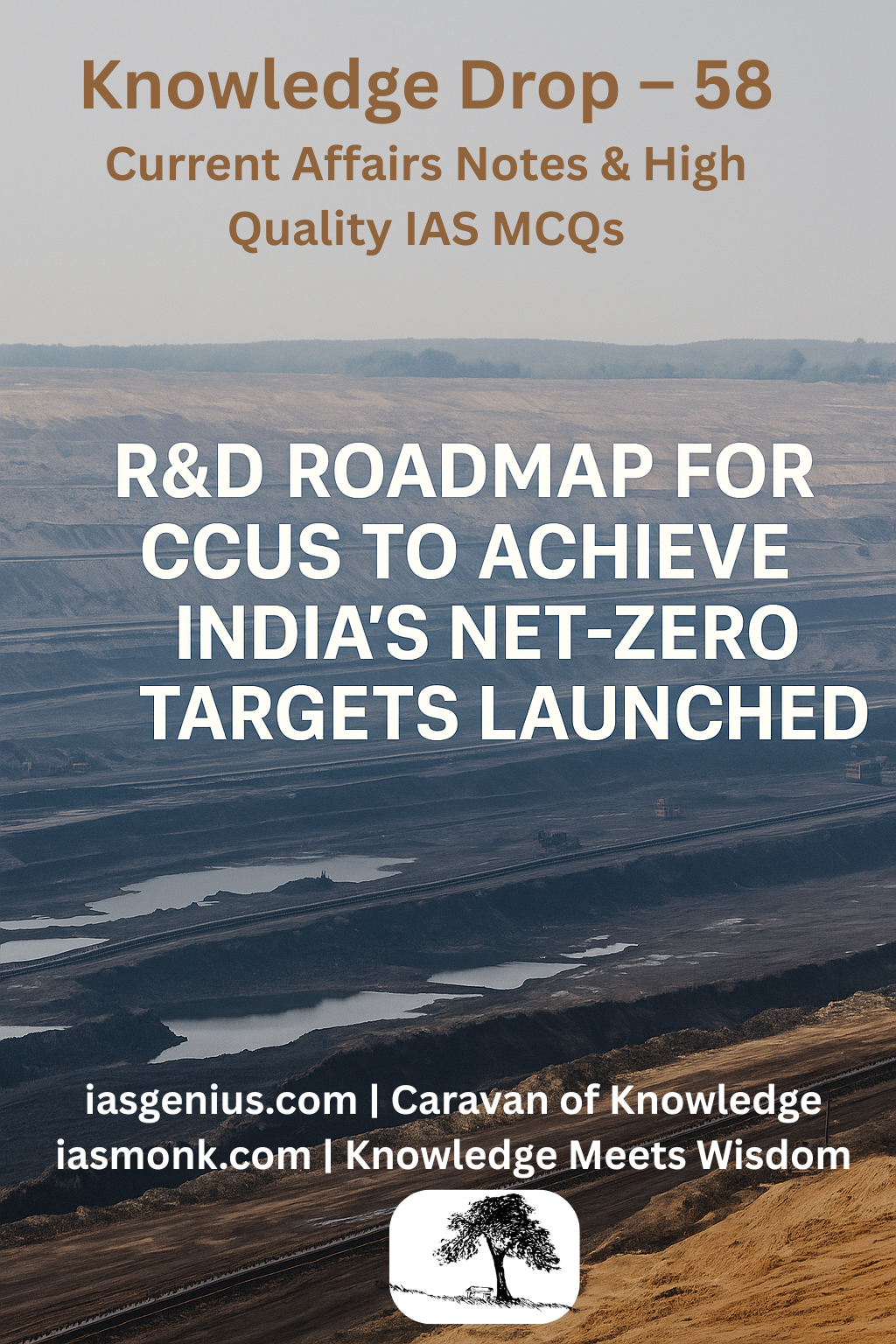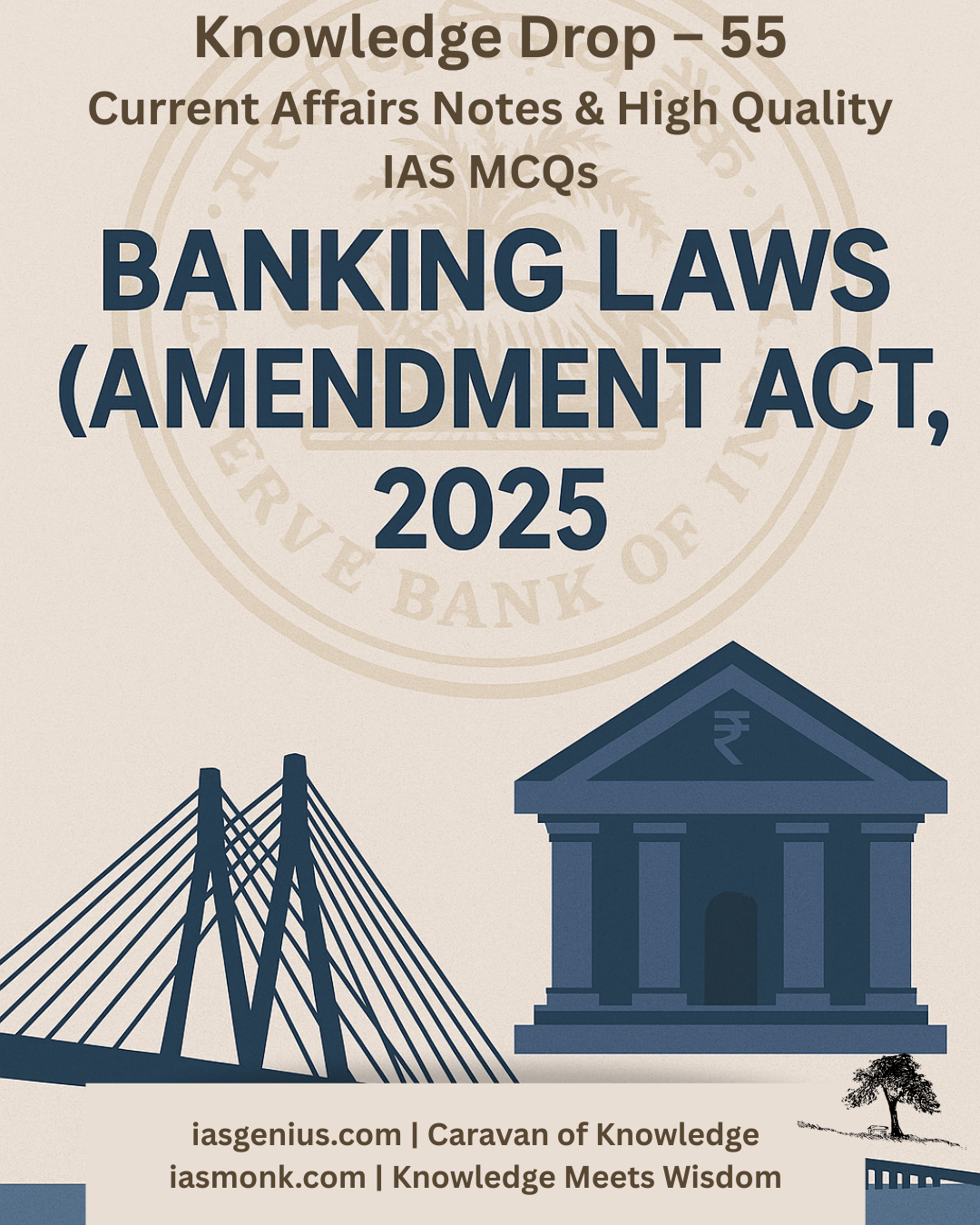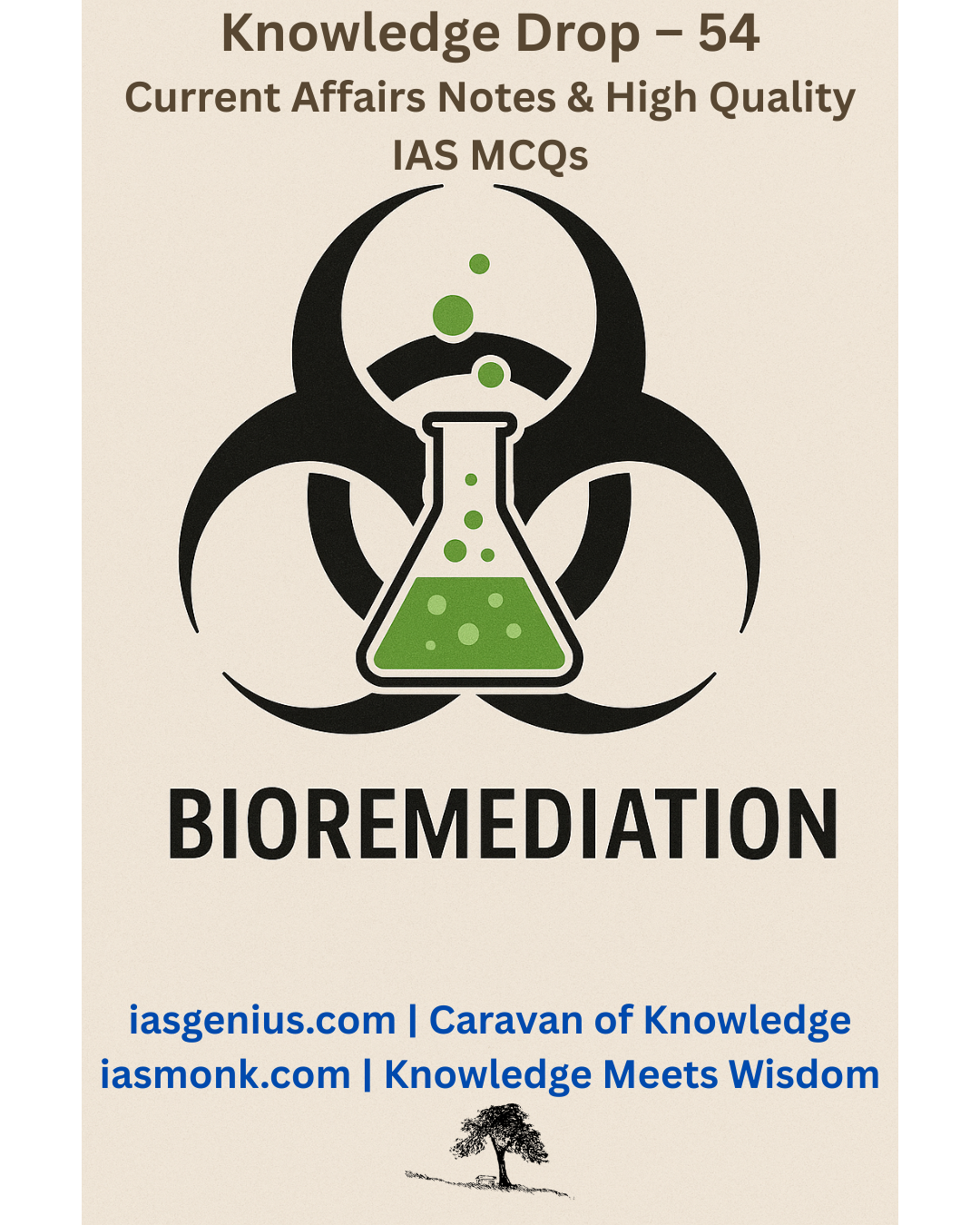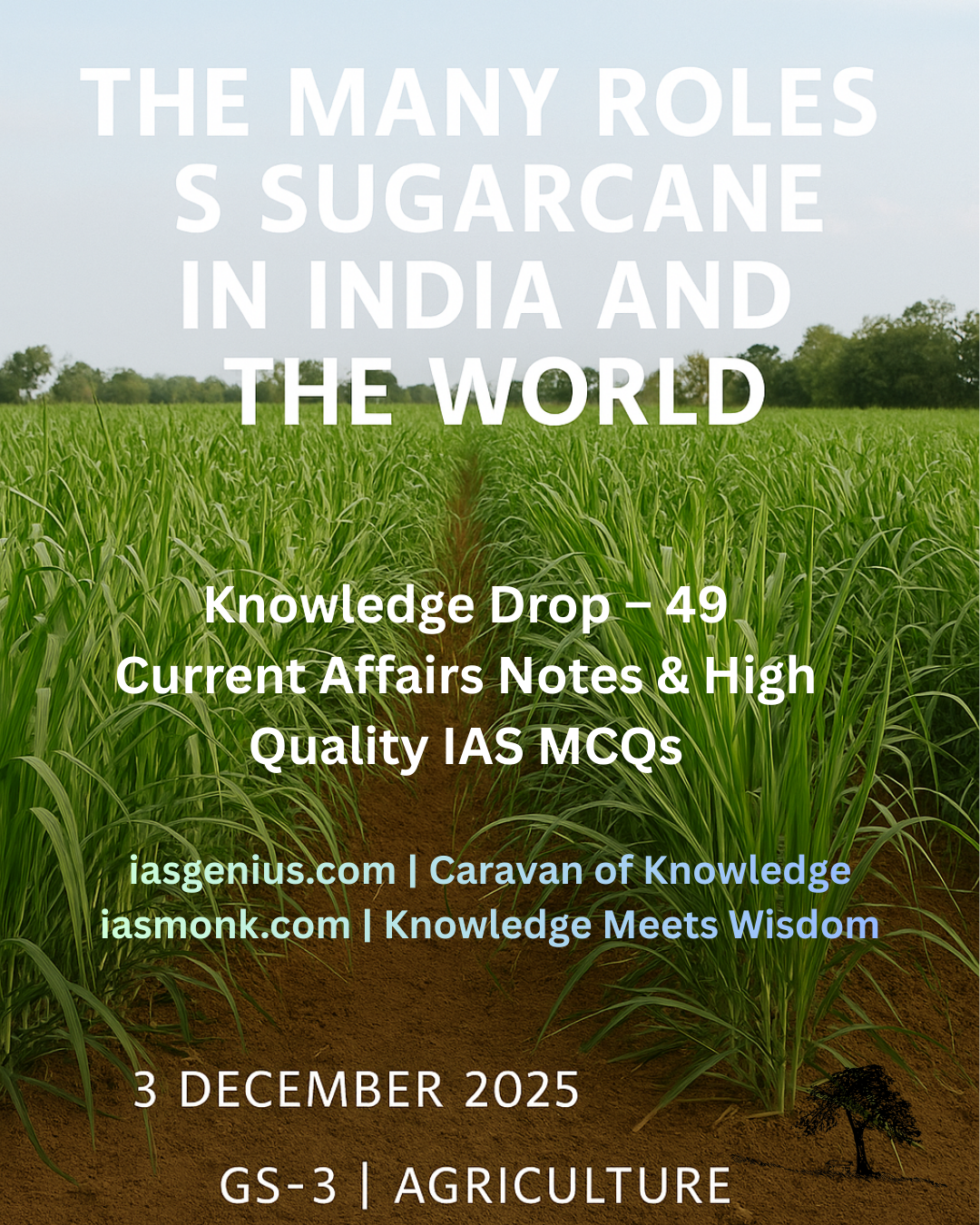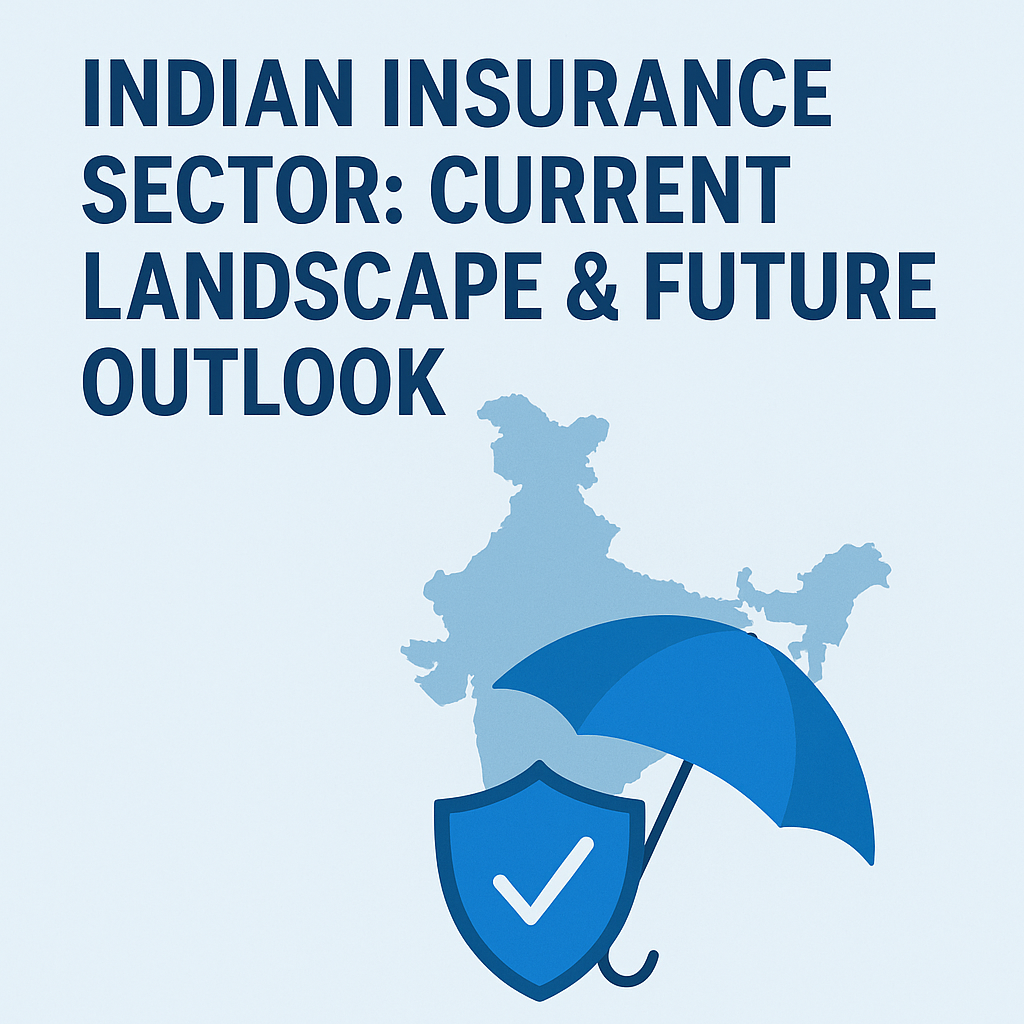
🧭June 17, 2025 Post 1: INDIAN INSURANCE SECTOR: CURRENT LANDSCAPE & FUTURE OUTLOOK | High Quality Mains Essay: Beyond the Premium: Reforming India’s Insurance Sector for Trust, Inclusion, and Resilience | For IAS-2026 :Prelims MCQs
INDIAN INSURANCE SECTOR: CURRENT LANDSCAPE & FUTURE OUTLOOK

Post Date 17 June, 2025
ECONOMY & GOVERNANCE —
Syllabus: GS3 – Economy
🌀 Thematic Focus
Insurance Penetration | Sectoral Regulation | Fraud & Digital Inclusion | IRDAI Reforms
📜 Intro Whisper
To insure is to assure — not just wealth, but dignity in adversity. Yet in India, too many remain uncovered, unprotected, and uninformed. The insurance story is one of both potential and peril — where policies exist but trust is thin.
📊 Key Highlights
- Slow but Steady Growth: Insurance premium in India grew by 7.7% to ₹11.2 lakh crore in FY24 despite economic headwinds. However, insurance penetration declined to 3.7% from 4.0% in FY23 — much below the global average of 7%.
- Life vs Non-Life: Life insurance penetration fell from 3.0% to 2.8%, while non-life insurance remained stable at 1.0%. LIC continues as the only public sector life insurer, while GIC Re is India’s sole national reinsurer.
- Future Potential: According to Swiss Re Institute, India will be the fastest-growing insurance market among G20 nations by 2028, with projected annual growth of 11.1%.
🧭 Concept Explainer
Why Insurance is Undervalued in India
- Low Penetration: Only 3.7% insurance penetration reflects a huge untapped market, especially in Tier 2, Tier 3 cities, and rural belts.
- Fraud & Mis-selling: As flagged by GIC Re’s CMD, fraudulent claims and mis-selling erode public trust, making insurance seen as a trap, not a tool.
- Distribution Gaps: Urban dominance and agent-heavy models neglect rural outreach. The poor remain uninsured or underinsured, often relying on informal coping mechanisms.
- Digital Push: IRDAI is promoting e-insurance, reducing health waiting periods, and introducing platforms like Bima Sugam (all-in-one insurance marketplace) and Bima Vahak (rural outreach by trained agents).
- FDI & Policy Reform: The government proposes raising FDI in insurance to 100% (currently at 74%) to boost capital inflow, innovation, and market competitiveness.
🛡️ IRDAI & Regulatory Evolution
- Established: 1999 (Malhotra Committee), statutory body since 2000
- Jurisdiction: Ministry of Finance
- Mandate: Policyholder protection, industry regulation, fast product approval
- Key Reforms: Digitisation, grievance redressal, simplification of licensing
🗺️ GS Paper Mapping
- GS3 → Economy: Indian Insurance Sector performance, reforms & regulation
- GS3 → Inclusive Growth: Digital access to insurance, rural outreach initiatives
- GS2 → Governance: Role of IRDAI and policy design in welfare economics
🪔 A Thought Spark — by IAS Monk
An insurance policy is a promise — not just of compensation, but of care. When that promise fails through fraud or delay, what’s lost is more than money. It is faith. The real insurance reform lies in rebuilding that faith.
High Quality Mains Essay For Practice :
Word Limit 1000-1200
Beyond the Premium: Reforming India’s Insurance Sector for Trust, Inclusion, and Resilience
Insurance in India has long existed in paradox. On one hand, it embodies security — a promise of financial protection in the face of uncertainty. On the other, it suffers from distrust — seen by many as a product for the privileged, inaccessible to the majority. The Indian insurance sector has grown in size and sophistication, yet its reach remains lopsided, and its credibility brittle. A country of over 1.4 billion people still grapples with a penetration rate of 3.7%, less than half the global average. This is not just a statistical gap; it is a moral one.
The recently released data for FY24 and reflections by the Chairman of General Insurance Corporation of India (GIC Re) offer a crucial moment to pause and evaluate the deeper crises — not just of penetration, but of purpose.
A Sector in Motion, But Not in Balance
In FY24, the total insurance premium collected in India reached ₹11.2 lakh crore, growing at a respectable 7.7% despite macroeconomic turbulence. At a glance, this might appear as evidence of progress. But zoom in and the fractures become clear.
Life insurance penetration declined from 3.0% to 2.8%, and overall insurance penetration dipped from 4.0% to 3.7%. In contrast, non-life penetration held steady at 1.0%, indicating stagnation, not momentum. While financial literacy, economic aspirations, and regulatory support have expanded, the common Indian — especially outside urban metros — continues to view insurance with suspicion and confusion.
This dissonance is not accidental. It is the outcome of historical neglect, flawed delivery models, and deep-rooted cultural barriers.
Understanding the Problem Beyond Numbers
Insurance, as a product, is both intangible and preventive. Unlike a loan or a tangible good, insurance does not guarantee any immediate return unless misfortune strikes. This, coupled with opaque documentation, aggressive selling practices, and delayed claims, has made it harder for people to trust insurance agents — especially those from vulnerable or lower-income communities.
The biggest red flag, however, is the issue of fraud — a concern directly raised by GIC Re’s CMD. Fraud happens at multiple levels:
- Fake claims by customers
- Mis-selling by agents
- Manipulation of documents
- Collusion in health insurance settlements
This erosion of ethical standards has a cost. It increases premiums for honest customers, reduces insurer profitability, and perpetuates the myth that insurers will find any excuse not to pay.
The Role of IRDAI — Silent Engine, But Not Loud Enough
The Insurance Regulatory and Development Authority of India (IRDAI) was formed in 1999 and made a statutory body in 2000. Its objective was simple: protect the policyholder while promoting a healthy insurance market.
Over the years, IRDAI has taken significant steps:
- Digitisation of policies
- Streamlined grievance redressal
- Encouraging product innovation
- Enhancing transparency
- Lowering health insurance waiting periods (from 48 to 36 months)
Yet, the core challenge remains distribution and trust. Most insurance agents operate in cities. Their incentives are tied to commissions, not customer welfare. Rural India, especially in Tier 2 and Tier 3 cities, remains untouched or underserved — except through sporadic government schemes like PMFBY or Ayushman Bharat.
Reforms Underway: Seeds of Hope
To its credit, the government and IRDAI have launched several reformative initiatives that reflect a long-term vision:
1. Bima Sugam Platform
A unified digital platform for policy issuance, claims, KYC verification, and product comparisons. This aims to eliminate intermediaries and empower customers with transparency and control.
2. Bima Vahak
A rural outreach program using trained local agents, particularly women, to serve as insurance ambassadors in villages. This aligns with self-help group models and can deepen insurance awareness among women-led households.
3. Mandatory e-Insurance
Digitisation of all insurance categories aims to reduce paperwork, fraud, and processing time — crucial for India’s vast semi-literate population using mobile-first solutions.
4. FDI Expansion
The proposed increase of FDI from 74% to 100% aims to inject foreign capital, spur innovation, and increase competition. However, it must be coupled with strict consumer protection regulations to avoid predatory pricing or monopolistic consolidation.
Challenges That Still Need Fixing
Despite these initiatives, several systemic issues remain:
Low Financial Literacy
Most people still cannot distinguish between term insurance, endowment plans, or ULIPs. Insurance continues to be sold as an investment product, rather than a risk management tool. This confuses customers and increases mis-selling.
Urban Bias in Distribution
The majority of policies are sold in metros and Tier-1 cities. This reflects the lack of incentive structures for insurers to venture into rural areas, where margins are thin, and operational risks high.
Claims Process Bottlenecks
Delays, paperwork hurdles, and lack of grievance follow-up erode consumer trust. In health insurance, especially, third-party administrators (TPAs) often complicate claims more than resolve them.
Affordability vs. Profitability
Premiums remain unaffordable for large segments of low-income citizens. At the same time, underpricing of high-risk products hurts insurer solvency. The sector is caught between inclusion and sustainability.
Policy Recommendations: A Way Forward
- Targeted Financial Literacy Campaigns
Embed insurance awareness in school curricula, panchayat meetings, and employment guarantee programs. - Decentralised Claim Processing
Use blockchain and AI to automate verification, reduce fraud, and ensure quick settlement without human bias. - Smart Subsidies for Low-Income Groups
Instead of direct premium waivers, offer performance-linked subsidies to insurers who reach underserved segments. - Strengthen IRDAI’s Grievance Monitoring
Introduce a unified redressal portal visible to the public with time-bound penalties for claim delays or unresolved disputes. - Rural Product Innovation
Design micro-insurance products tailored for farmers, SHGs, street vendors — with monthly premiums, not annual ones. - Third-Party Oversight on Agents
Create an independent watchdog or licensing renewal mechanism for agents based on their claims history, customer reviews, and redressal record.
Looking Ahead: The Indian Context in the Global Arena
Globally, insurance is a stabilising force — not just economically, but socially. It cushions families from falling into poverty due to health shocks, crop failures, or accidents. In India, the next five years offer a turning point. If the sector grows as projected — 11.1% CAGR — it can not only contribute to GDP but transform millions of households from fragile to financially secure.
But for that to happen, the sector must evolve from a seller’s market to a trust-based ecosystem.
Conclusion: A Philosophical Reflection
Insurance is not just about premiums and payouts. It is about trust. It is about a silent contract between citizen and institution, written not on paper, but in faith. Every delay in settlement, every misleading clause, every corrupt agent — breaks that faith a little more.
And yet, the possibility of redemption is real.
If we can simplify the language of policies, decentralise access, hold sellers accountable, and use technology to automate fairness — insurance can become what it was always meant to be: a quiet dignity during chaos.
In the end, a policy is not a document. It is a human hope. Let us not lose sight of that truth in our quest for profit or penetration.
Target IAS-26: Daily MCQs :
📌 Prelims Practice MCQs
Topic:
MCQ 1 – Type 1: How many of the above statements are correct?
Consider the following statements regarding the Indian insurance sector:
1. India’s overall insurance penetration in FY24 was lower than the global average.
2. LIC is the only public sector life insurance company in India.
3. IRDAI was established under the Insurance Act of 1938.
4. Bima Sugam is a government-backed health insurance scheme for below-poverty-line families.
How many of the above statements are correct?
A) Only two
B) Only three
C) All four
D) Only one
🌀 Didn’t get it? Click here (▸) for the Correct Answer & Explanation
✅ Correct Answer: A) Only two
🧠 Explanation:
•1) ✅ True – India’s insurance penetration was 3.7% in FY24, below the global average of 7%.
•2) ✅ True – Life Insurance Corporation (LIC) is the sole public sector life insurer.
•3) ❌ False – IRDAI draws powers from the Insurance Act, 1938 (Section 114A), but was formed in 1999 based on Malhotra Committee recommendations and made statutory in 2000.
•4) ❌ False – Bima Sugam is a digital insurance platform for all stakeholders, not a specific health scheme for poor families.
MCQ 2 – Type 2: Two Statements Based
Consider the following statements:
1. IRDAI recently reduced the waiting period for pre-existing diseases in health insurance from 48 months to 36 months.
2. Bima Vahak is an initiative aimed at improving last-mile delivery of insurance in rural areas using local agents.
Which of the above statements is/are correct?
A) Only 1 is correct
B) Only 2 is correct
C) Both are correct
D) Neither is correct
🌀 Didn’t get it? Click here (▸) for the Correct Answer & Explanation
✅ Correct Answer: C) Both are correct
🧠 Explanation:
•1) ✅ True – IRDAI reduced the waiting period for pre-existing conditions from 48 to 36 months.
•2) ✅ True – Bima Vahak is designed to empower rural insurance delivery through trained local agents, particularly women.
MCQ 3 – Type 3: Which of the statements is/are correct?
Which of the following are considered key challenges in India’s insurance sector?
1. Low insurance awareness and financial literacy
2. Urban concentration in insurance distribution
3. Transparent and time-bound claim settlement system
4. High incidence of insurance fraud and mis-selling
Select the correct code:
A) 1, 2 and 4 only
B) 1, 2 and 3 only
C) 2, 3 and 4 only
D) All four
🌀 Didn’t get it? Click here (▸) for the Correct Answer & Explanation
✅ Correct Answer: A) 1, 2 and 4 only
🧠 Explanation:
•1) ✅ True – Financial literacy about insurance products remains low across the population.
•2) ✅ True – Most insurance sales occur in urban centers.
•3) ❌ False – Claims processes often face delays and lack transparency.
•4) ✅ True – Fraud and mis-selling are serious and recurring concerns for both customers and insurers.
MCQ 4 – Type 4: Direct Fact
Which of the following statements is correct regarding IRDAI’s role in India?
A) It is under the Ministry of Commerce and Industry.
B) It regulates only life insurance companies.
C) It has powers to frame regulations under Section 114A of the Insurance Act, 1938.
D) It was established through a constitutional amendment.
🌀 Didn’t get it? Click here (▸) for the Correct Answer & Explanation.
✅ Correct Answer: C) It has powers to frame regulations under Section 114A of the Insurance Act, 1938
🧠 Explanation:
IRDAI is a statutory body under the Ministry of Finance. It regulates both life and general insurance companies and draws its regulatory powers from the Insurance Act, 1938.




